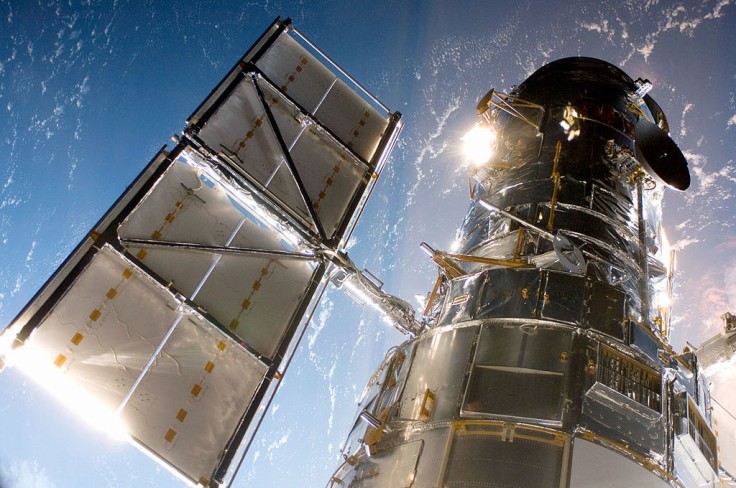
NASA is still investigating why the payload computer in the Hubble Space Telescope malfunctioned, which forced it go on safe mode for weeks.
According to Ars Technica, the US space agency is taking additional steps in its investigations, as it prepares and tests procedures in turning on backup hardware onboard the Hubble. The aging telescope and instruments, on the hand, remain in good condition and still sending back breathtaking images of celestial bodies and phenomena in our galaxy.
NASA Hubble Telescope Captures New Type of Supernova
While on safe mode, Hubble still continued to take astonishing images that helped astronomers discover a new type of exploding star, an electron-capture supernova. This confirms predictions around 41 years ago by astronomer Kenichi Nomoto of the University of Tokyo about the third type of supernova that could offer insights on the life and death of stars.
Now introducing… a new type of supernova! 💥
— Hubble (@NASAHubble) July 2, 2021
With the help of Hubble, astronomers found evidence supporting the existence of a hypothesized type of exploding star called an electron-capture supernova.
Find out more: https://t.co/FDtVuJGnSb pic.twitter.com/g5TJVurUGy
Two types of supernova are known, SciTechDaily revealed. A core collapse supernova happens when a massive star runs out of fuel, with its core collapsing into a black hole or neutron star. The second type of supernova, a thermonuclear supernova, occurs when white dwarf star, which is a remnant of an enormous star eight times the Sun's mass, explodes.
In an electron-capture supernova, SciTechDaily further said, gravity forces electrons in the core into their atomic nuclei as the core runs out of fuel, and this would cause the star to collapse in on itself.
Astronomers, through the Hubble images, spotted unusual stellar chemical spectral images that would validate suspicions about seeing a new type of supernova. A "Rock spectra," among other indicators, clearly confirm that the supernova, labeled SN2018zd, is highly likely an electron-capture supernova.
While Hubble is doing its impressive job, NASA continued to look into the problems besetting the 31-year-old space telescope, a NASA statement revealed. The problem lies in the payload computer located in Hubble's Science Instrument Command and Data Handling (SIC&DH). Memory modules are suspected as the source of the malfunction.
NASA Hubble Team Checking Other Hubble Hardware for Defects
The Hubble team is reportedly investigating the Command Unit/Science Data Formatter (CU/SDF) that sends and formats commands and data. In addition, they are scrutinizing a power regulator inside the Power Control Unit. If they are proven to be the cause of the malfunction, the Hubble team would undertake a more complicated procedure to switch to backup units.
This complex procedure would be riskier than what the team executed last week, NASA further said. To switch to the backup CU/SDF or power regulator, other hardware units in the telescope must also be switched to remain connected to the SI C&DH.
The team will evaluate operations procedures, commands and other related matters needed to execute the switch. After the review, they will test the execution against a high-fidelity simulator, NASA further noted.









